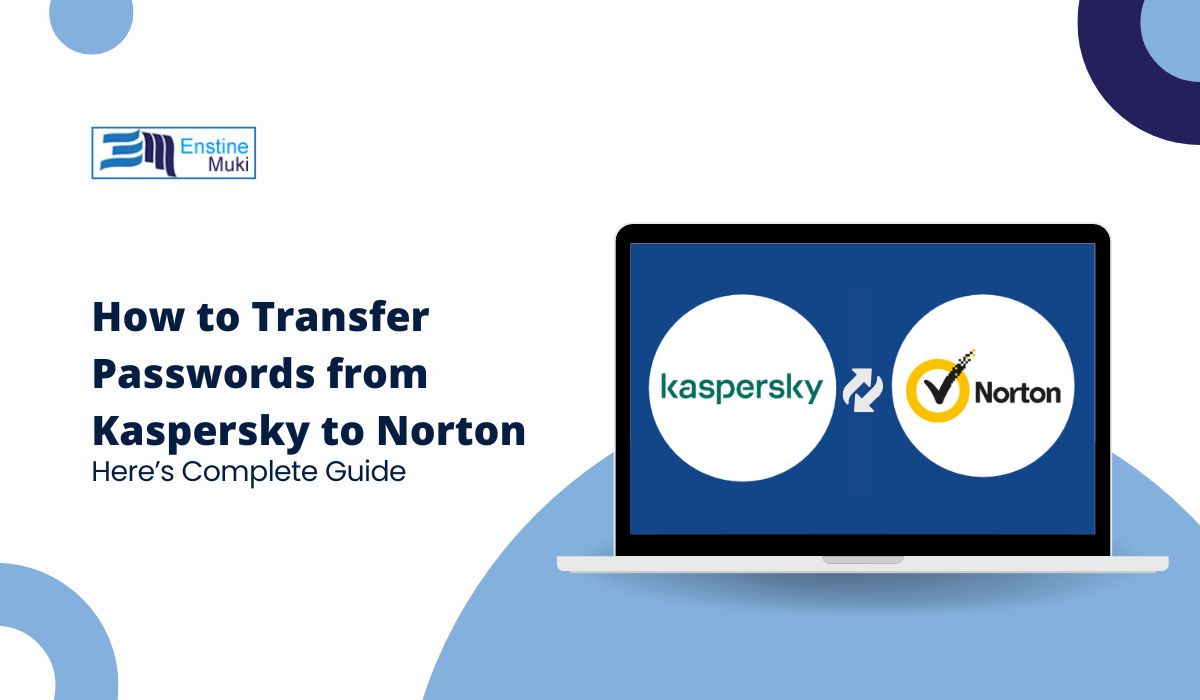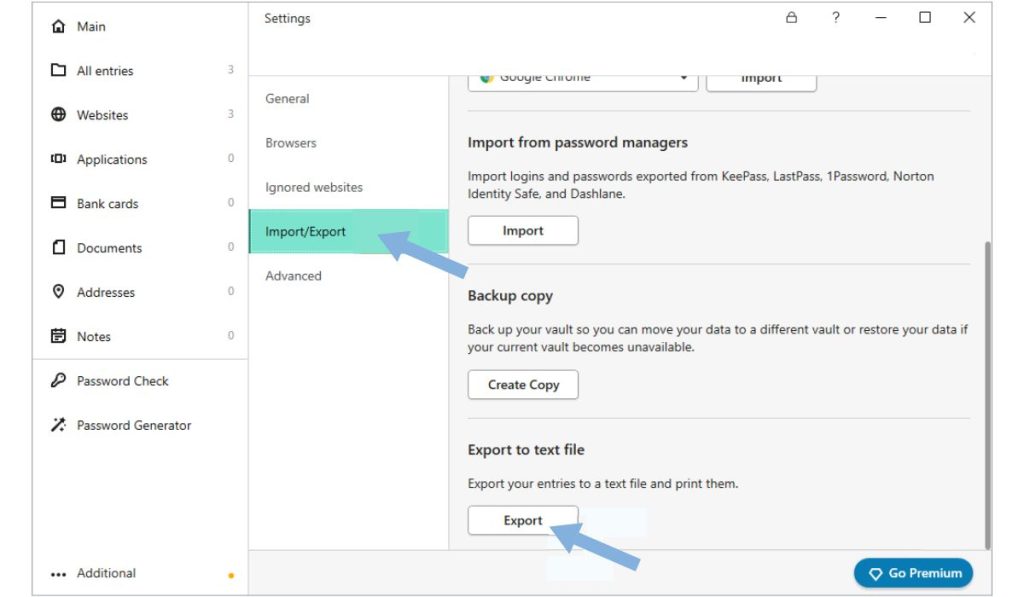Switching from Kaspersky Password Manager to Norton Password Manager? It might seem like a hassle, but with the right steps, you can make the transition smooth and secure. While there’s no direct transfer feature between these two platforms, exporting and importing your credentials using a CSV file is a reliable workaround. Let’s dive into how to get it done step by step.
Why Transfer Passwords Between Password Managers?
Password managers are the backbone of online security. If you’re switching from Kaspersky to Norton, it’s likely because you prefer Norton’s features, compatibility, or subscription benefits. Norton Password Manager is particularly appealing thanks to its cross-platform compatibility, advanced security features, and seamless integration with other Norton products. Plus, it just feels good to have all your accounts neatly organized in one place!
Pro Tip: Before starting the transfer process, always back up your password data. It’s better to be safe than sorry.
Preparing for the Password Transfer
Backing up your data ensures you won’t lose any credentials during the transfer. Here’s how:
- Open Kaspersky Password Manager and log in with your master password.
- Confirm all your saved credentials are current and correct.
- Create a local backup to safeguard your data in case anything goes awry.
Why Choose Norton Password Manager?
Norton Password Manager brings some impressive features to the table:
- Cross-Platform Support: Works effortlessly on desktops, mobile devices, and browsers.
- Robust Security: Includes encrypted vaults and multi-factor authentication to keep your data extra safe.
- Norton Integration: If you’re already using Norton’s antivirus or other tools, this password manager fits right in like a puzzle piece.
How to Export Passwords from Kaspersky Password Manager
- Launch Kaspersky Password Manager and enter your master password.
- Navigate to the settings menu to find export options.
- Choose the option to export your passwords.
- Select CSV (Comma-Separated Values) as the file format. This is crucial for compatibility with Norton.
- Encrypt the CSV file with a strong password and store it somewhere safe, like an encrypted USB drive.
Quick Tip: Always double-check the CSV file to ensure all your credentials are included before moving on.
How to Import Passwords into Norton Password Manager
Before importing, ensure Norton Password Manager is ready to receive the data:
Preparing Norton for Import
- Download and install the Norton Password Manager app or browser extension.
- Log in using your Norton account credentials.
- Verify that your subscription is active and ready for use.
Import the CSV File
- Open Norton Password Manager and log in.
- Go to the Import Data section under settings.
- Upload the CSV file you exported from Kaspersky.
- Verify that all your passwords, usernames, and associated data were imported correctly.
- Once you’re satisfied, delete the CSV file securely to avoid any potential security risks.
Note: If Norton doesn’t recognize the file, open the CSV in a text editor and adjust column headers to match Norton’s required format, such as “Username,” “Password,” and “Website.”
Troubleshooting Common Issues
Here are some troubleshooting steps to fix common problems:
Compatibility Problems
If Norton Password Manager doesn’t accept your CSV file, the issue might be with the formatting.
Most password managers require specific column headers, such as “Username,” “Password,” and “Website.” Open the file in a text editor, like Notepad or Excel, and check if the headers match Norton’s requirements.
If they don’t, adjust them accordingly. Also, remove any unnecessary or extra columns that could confuse the import process. Once the formatting is fixed, save the file and retry the import.
Quick Tip: Make a backup copy of your original CSV file before editing, so you can restore it if something goes wrong.
Missing Passwords
If some of your credentials didn’t transfer during the process, the problem may lie in the original export from Kaspersky.Go back to Kaspersky Password Manager and verify that all your data is up-to-date and included in the export file.
Sometimes, certain entries might not save correctly, especially if they contain special characters or unsupported fields. Re-export the data, double-check the CSV file for completeness, and try importing it again into Norton.
Pro Tip: Sort the entries alphabetically in Excel or a similar program to quickly identify any missing or incomplete records.
File Errors
If the CSV file appears corrupted or unusable, it’s best to start fresh. Corruption can happen during the export process or when transferring files between devices. Re-export the CSV file directly from Kaspersky Password Manager and ensure it is saved securely on your local device.
Avoid renaming or opening the file in incompatible software, as this can alter its formatting. If the problem persists, check your system for storage issues or try exporting the file to a different location or device.
Reminder: Always delete any corrupted files to prevent potential security risks, and ensure exported files are stored securely during the transfer process.
Tips for a Secure Transfer
- Delete Exported Files: After successfully transferring your data, delete the CSV file to avoid unauthorized access.
- Enable MFA: Multi-factor authentication adds an extra layer of security to your Norton account.
- Verify Syncing: Double-check that all your devices have synced with the new password data to avoid missing credentials later.
FAQs About Transferring Passwords
1. Can I transfer passwords directly from Kaspersky to Norton?
Unfortunately, no. You need to export your data from Kaspersky as a CSV file and import it into Norton manually.
2. Is the transfer process secure?
Yes, as long as you encrypt the CSV file and delete it immediately after completing the transfer.
3. What if some passwords don’t transfer?
Check your CSV file for any missing entries, make corrections, and retry the import process.
Conclusion
Migrating from Kaspersky Password Manager to Norton Password Manager might take a little effort, but the process is straightforward when you follow these steps. With the added security and features Norton provides, the switch is well worth it. Just remember to back up your data, secure your files, and verify that everything imported correctly.
Got any tips or stories about transferring passwords? Drop them in the comments below—we’d love to hear your experiences!


